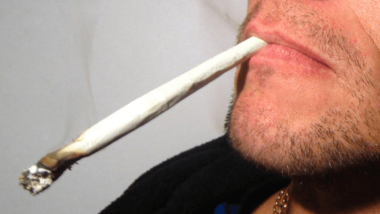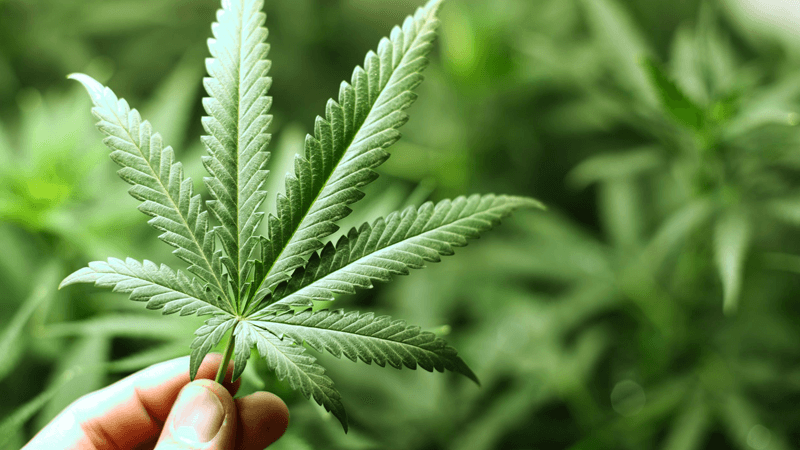Self-reported regular cannabis use rose 15-fold in the US over thirty years, recent data has shown.
Based on figures from the National Survey on Drug Use and Health, the study found that self-reported daily or near daily cannabis use rose from 0.9 million people in 1992 to 17.7 million people 30 years later – a 15-fold increase in the per capita rate.
Last month, President Biden announced plans to downgrade cannabis from a Schedule I to Schedule III drug. According to the Drug Enforcement Administration, Schedule III drugs are deemed to have only “a moderate to low potential” for addiction and harm.
‘Mirror changes in policy’
Report author Professor Jonathan Caulkins said the figures “suggest that changes in actual use have been considerable” and noted that “high-frequency cannabis use is now more commonly reported than is high-frequency drinking”.
The drugs policy expert observed that the “trends mirror changes in policy”, with cannabis use now appearing “to be on a fundamentally different scale than it was before legalisation”.
Responding to the findings, psychiatry professor Dr Davoid Gorelick warned that high frequency use “increases the risk of developing cannabis-associated psychosis”.
Currently, cannabis is legal for recreational use in 24 states and the District of Columbia.
Too many lives have been upended because of our failed approach to marijuana.
So today, the @TheJusticeDept is taking the next step to reclassify marijuana from a Schedule I to a Schedule III drug under federal law.
Here’s what that means: pic.twitter.com/TMztSyyFYm
— President Biden (@POTUS) May 16, 2024
Dangers
A US report published in 2022, demonstrated that cannabis users are increasing their risk of developing atrial fibrillation – a stroke-related heart condition – by as much as 35 per cent.
Last year, a French study also revealed that almost ten per cent of patients admitted to intensive cardiac care units tested positive for cannabis, while Danish-funded research has found strong evidence that young men regularly using cannabis are at significant risk of developing schizophrenia.

Oregon rolls back liberal drugs policy
British Columbia’s top court endorses drug use near playgrounds

